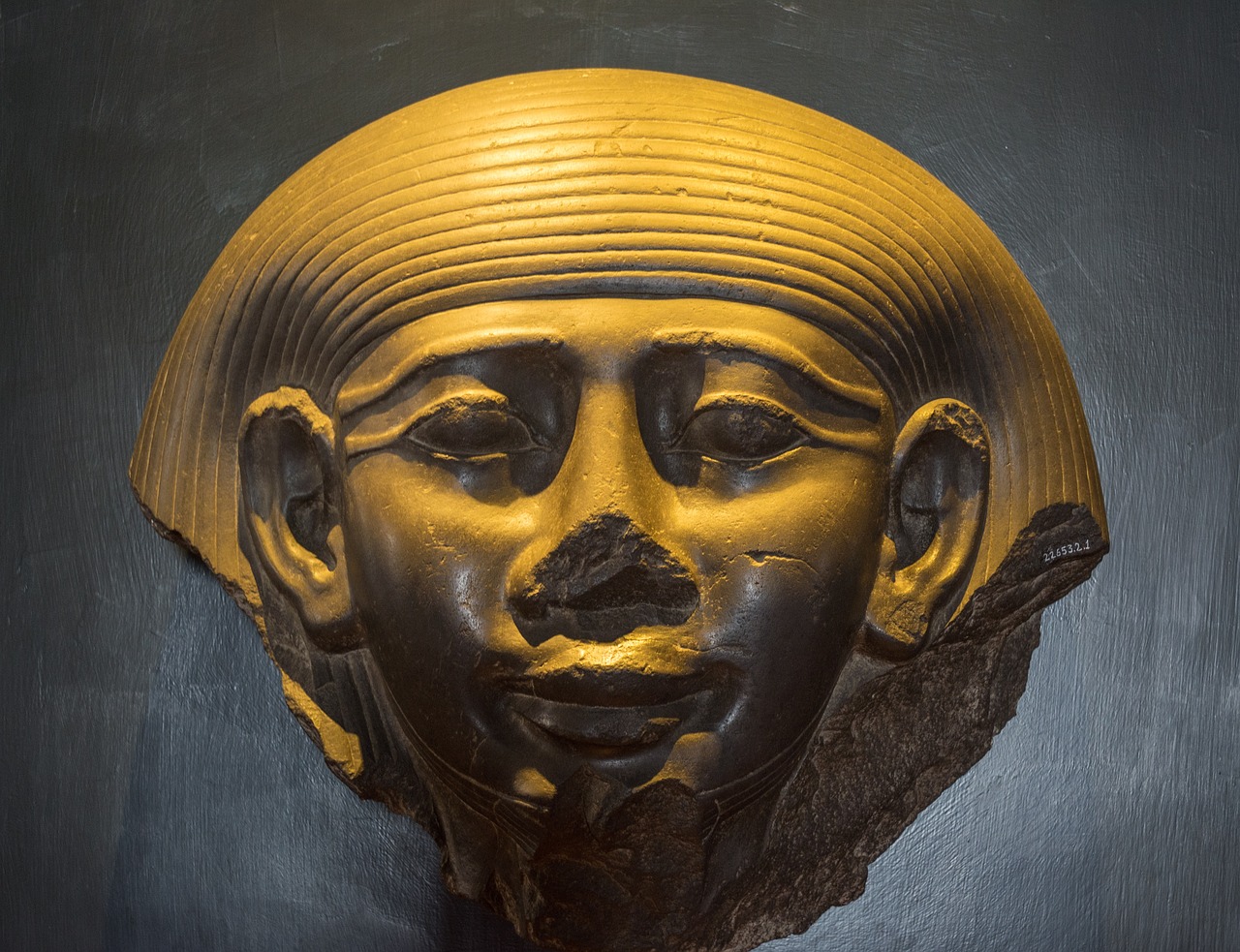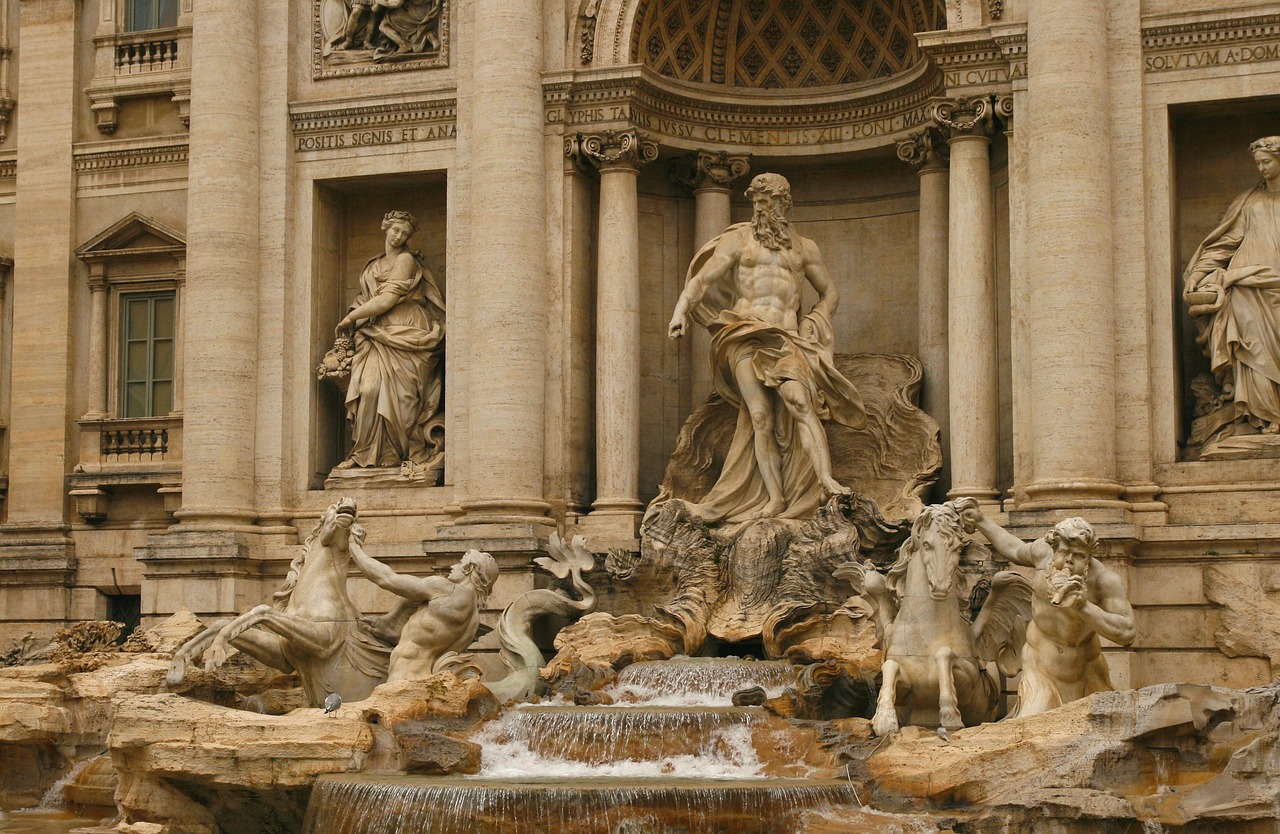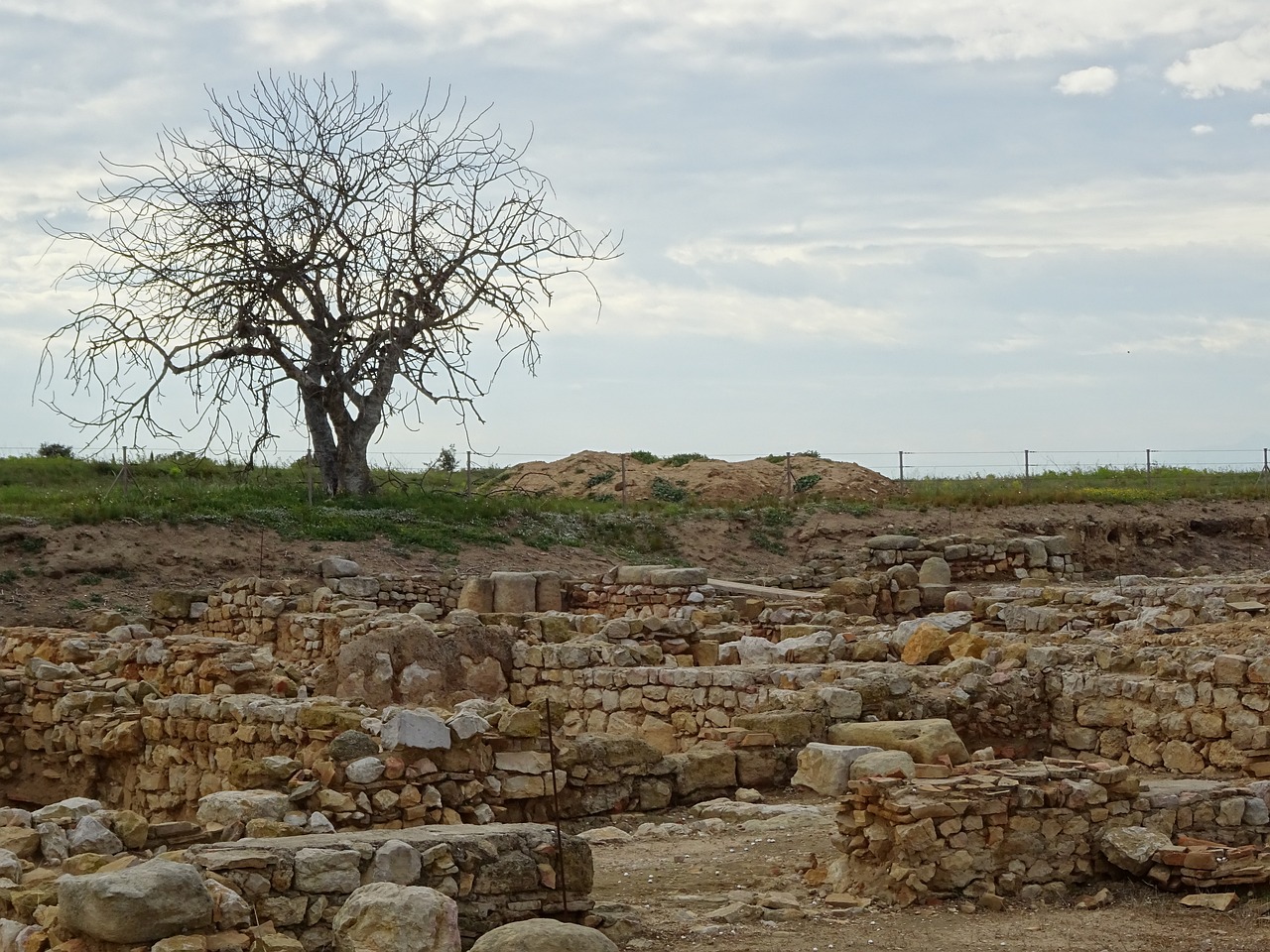The Political Legacy of Ancient Mesopotamia
The political legacy of ancient Mesopotamia is a rich tapestry woven with the threads of innovation, power, and governance. In the cradle of civilization, the origins of political structures can be traced back to the early city-states of Uruk and Ur. These urban centers laid the groundwork for sophisticated political systems, marking a pivotal moment in the evolution of governance.
Central to the political landscape of Mesopotamia was the institution of kingship. Kings were not mere mortal rulers but divine figures, believed to have a direct connection to the gods. Their authority extended beyond earthly matters, encompassing spiritual guidance, law enforcement, and strategic military leadership. The concept of kingship in Mesopotamia set the stage for monarchical rule and the consolidation of power.
One of the most enduring legacies of ancient Mesopotamia is the development of laws and governance. The Code of Hammurabi stands as a testament to the early civilization's commitment to justice and order. This comprehensive legal code regulated various aspects of daily life, from commerce to family matters, establishing a framework for societal conduct and resolving disputes through a structured judicial process.
The influence of Mesopotamian political practices reverberated far beyond the banks of the Tigris and Euphrates rivers. Neighboring civilizations, such as Egypt and Persia, drew inspiration from Mesopotamia's bureaucratic systems, taxation policies, and territorial administration. The exchange of ideas and administrative techniques contributed to the cross-pollination of political ideologies, shaping the development of diverse governance models across the ancient world.
As the sands of time shifted, the legacy of ancient Mesopotamia continued to cast a long shadow over the course of history. Elements of Mesopotamian political innovation, such as written laws, administrative hierarchies, and statecraft, found resonance in subsequent civilizations and laid the groundwork for modern political systems. The enduring impact of Mesopotamian governance can be seen in contemporary legal frameworks, governmental structures, and the exercise of authority.

Origins of Political Structures
Topics to be discussed in the article include the origins of political structures in Mesopotamia, the role of kingship, the development of laws and governance, the influence on future civilizations, and the lasting impact on modern political systems.
Mesopotamia, often referred to as the cradle of civilization, was a fertile land that gave birth to some of the earliest city-states in history, such as Uruk and Ur. These city-states were not merely settlements but intricate political entities that laid the groundwork for sophisticated governance systems.
The evolution of political structures in Mesopotamia marked a pivotal moment in human history, as it witnessed the rise of centralized authority and administrative mechanisms. The transition from tribal communities to organized city-states brought about a new era of governance that set the stage for complex societies.
Imagine Mesopotamia as a grand stage where the first acts of governance were performed, with rulers orchestrating the affairs of their city-states like conductors leading an orchestra. The emergence of political structures in Mesopotamia was akin to the construction of a grand architectural masterpiece, each brick symbolizing a facet of governance coming together to form a cohesive whole.
The establishment of administrative hierarchies, the allocation of resources, and the regulation of societal affairs were all part of the intricate tapestry that defined the origins of political structures in Mesopotamia. It was here that the seeds of organized governance were sown, paving the way for future civilizations to build upon this foundation.

Role of Kingship
The in ancient Mesopotamia was a pivotal aspect of the political structure. Kings were not mere rulers but held divine authority, believed to be chosen by the gods to govern the land and its people. Their role extended beyond mere governance; they were seen as intermediaries between the gods and the populace, responsible for maintaining cosmic order and ensuring prosperity.
One of the key functions of kingship was to oversee infrastructure projects essential for the prosperity of the city-state. From the construction of temples to the development of irrigation systems, kings played a crucial role in the advancement of society. Their leadership in these monumental tasks solidified their position as revered figures, guiding the city towards growth and stability.
Moreover, kings were instrumental in leading military campaigns to defend the realm and expand its territories. Their strategic acumen and martial prowess were essential for safeguarding the city-state from external threats and asserting its dominance in the region. Through military conquests, kings not only secured their rule but also showcased their strength and authority to neighboring lands.
The concept of kingship in Mesopotamia was deeply intertwined with the idea of monarchy as we understand it today. The divine right of kings, the centralized authority they wielded, and the symbolic significance of their rule laid the foundation for monarchical systems that would emerge in later civilizations. The legacy of Mesopotamian kingship reverberates through history, influencing the development of political structures across diverse cultures.

Development of Laws and Governance
The development of laws and governance in ancient Mesopotamia marked a significant milestone in the history of political organization. The Code of Hammurabi, a comprehensive set of laws inscribed on a stele, exemplified the structured approach to justice and governance in Mesopotamia. This legal code, dating back to around 1754 BC, covered various aspects of daily life, including commerce, property rights, marriage, and criminal behavior.
Under the Code of Hammurabi, specific penalties were prescribed for different offenses, emphasizing the principle of "an eye for an eye." The laws aimed to maintain order and ensure fairness in resolving disputes among individuals. Moreover, the establishment of courts and legal officials demonstrated a formalized system for adjudicating conflicts and upholding the rule of law.
One notable aspect of Mesopotamian governance was the presence of appointed officials responsible for overseeing different aspects of society. These administrators played a crucial role in implementing laws, collecting taxes, and managing public works projects. The hierarchical structure of governance in Mesopotamia contributed to the efficient functioning of the state and the enforcement of regulations.
Furthermore, the development of laws and governance in Mesopotamia set a precedent for future civilizations in terms of legal systems and administrative practices. The emphasis on written laws, judicial procedures, and the role of government officials influenced the evolution of governance in neighboring regions and beyond. The legacy of Mesopotamian legal innovations continues to resonate in contemporary legal frameworks and concepts of justice.

Influence on Future Civilizations
Topics to be discussed in the article include the origins of political structures in Mesopotamia, the role of kingship, the development of laws and governance, the influence on future civilizations, and the lasting impact on modern political systems.
Mesopotamia is known for its early city-states like Uruk and Ur, which laid the foundation for complex political systems. The emergence of centralized authority and administrative structures marked a significant shift in governance.
Kings in Mesopotamia held divine authority, acting as intermediaries between gods and people. Their rule was crucial in maintaining order, overseeing infrastructure projects, and leading military campaigns, shaping the concept of monarchy.
The Code of Hammurabi, one of the earliest known legal codes, regulated various aspects of life in Mesopotamia. The establishment of courts, officials, and legal procedures reflected a structured approach to governance and justice.
The political practices of Mesopotamia, such as bureaucracy, taxation, and territorial administration, had a significant impact on neighboring civilizations like Egypt and Persia. The exchange of ideas and practices between these societies contributed to the development of diverse political systems.

Lasting Impact on Modern Political Systems
Topics to be discussed in the article include the origins of political structures in Mesopotamia, the role of kingship, the development of laws and governance, the influence on future civilizations, and the lasting impact on modern political systems.
Mesopotamia is known for its early city-states like Uruk and Ur, which laid the foundation for complex political systems. The emergence of centralized authority and administrative structures marked a significant shift in governance.
Kings in Mesopotamia held divine authority, acting as intermediaries between gods and people. Their rule was crucial in maintaining order, overseeing infrastructure projects, and leading military campaigns, shaping the concept of monarchy.
The Code of Hammurabi, one of the earliest known legal codes, regulated various aspects of life in Mesopotamia. The establishment of courts, officials, and legal procedures reflected a structured approach to governance and justice.
Mesopotamian political practices, such as bureaucracy, taxation, and territorial administration, influenced neighboring societies like Egypt and Persia. The exchange of ideas and practices contributed to the development of diverse political systems.
The legacy of Mesopotamian political innovations can be observed in modern governance structures, legal systems, and concepts of authority. Elements like written laws, administrative hierarchies, and statecraft continue to shape contemporary politics.
Stay tuned for answers to common queries about the political legacy of ancient Mesopotamia.
Frequently Asked Questions
- What were the main characteristics of political structures in Ancient Mesopotamia?
Ancient Mesopotamia featured early city-states like Uruk and Ur, which paved the way for intricate political systems. The rise of centralized authority and administrative frameworks marked a significant evolution in governance.
- How did kingship function in Mesopotamia?
Kings in Mesopotamia wielded divine authority, serving as intermediaries between gods and people. Their rule was essential for upholding order, supervising infrastructure projects, and leading military endeavors, shaping the foundation of monarchy.
- What role did the Code of Hammurabi play in Mesopotamian society?
The Code of Hammurabi, one of the earliest legal codes known, governed various aspects of life in Mesopotamia. It established courts, officials, and legal processes, reflecting a structured approach to governance and justice.
- How did Mesopotamian political practices influence future civilizations?
Mesopotamian political customs, such as bureaucracy, taxation, and territorial management, impacted neighboring societies like Egypt and Persia. The exchange of ideas and practices contributed to the development of diverse political systems.
- What is the lasting impact of Ancient Mesopotamia on modern political systems?
The legacy of Mesopotamian political innovations is evident in contemporary governance structures, legal systems, and concepts of authority. Elements like written laws, administrative hierarchies, and statecraft continue to shape modern politics.



















